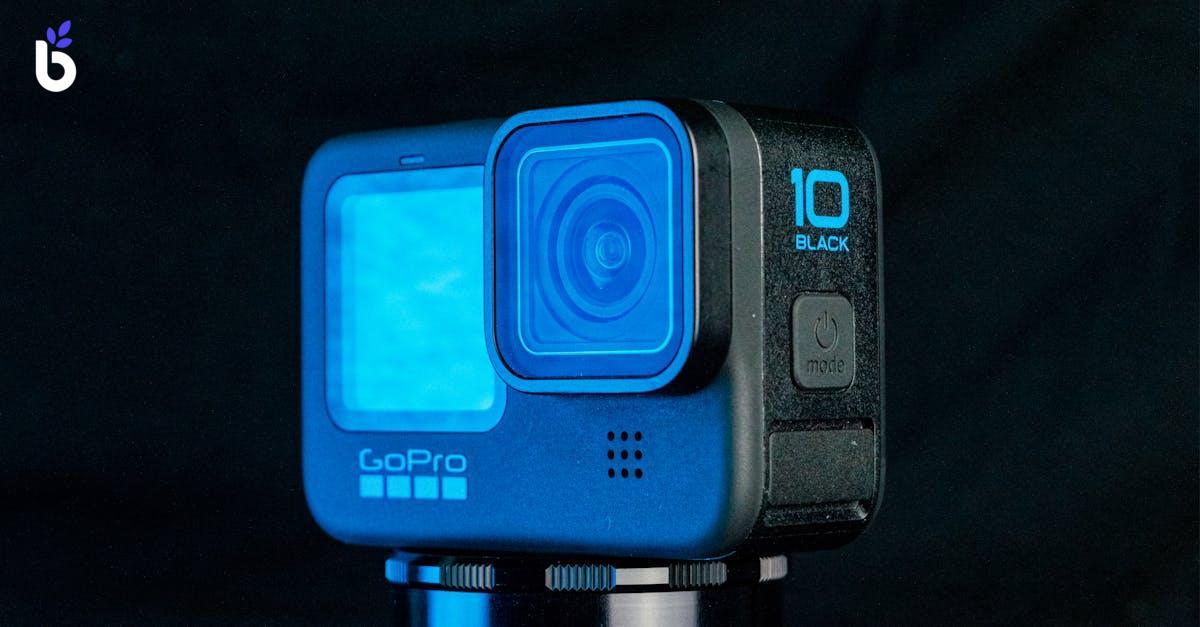WHAT IS A MINIMUM VIABLE PRODUCT (MVP)?

What is a Minimum Viable Product (MVP)?
A Minimum Viable Product (MVP) is a crucial concept that emerged from the Lean Startup methodology, designed to foster rapid validation of business ideas while minimizing development efforts. An MVP represents the most basic iteration of a product, equipped with essential features that allow teams to gauge market interest and gather user feedback effectively. This approach enables companies to test their assumptions quickly without overcommitting resources.
By focusing on core functionalities, an MVP helps teams swiftly understand user preferences and implement improvements based on real-world data. "The MVP is not just about launching a product; it's about forming a learning loop with your customers." This feedback loop is vital for informed decision-making, ultimately guiding further product development.
Purpose of Minimum Viable Product
The primary purpose of an MVP is to ascertain whether the product development efforts align with market needs while keeping expenditures to a minimum. By delivering a version of the product with only necessary features, businesses gain critical insights into customer desires and requirements. Consequently, this information helps refine the product and informs future enhancements that resonate well with users.
Companies often utilize MVPs to present a glimpse of their offerings to customers before dedicating significant resources to comprehensive development. This strategy not only conserves financial investment but also ensures that only validated features are built out further, enhancing efficiency in the development cycle.
Features of Minimum Viable Product (MVP)
An MVP is characterized by its simplicity, prioritizing core functionalities essential for testing its market viability. Key features of an MVP typically include:
- Core Features: These are the foundational functionalities that users require, such as user authentication and payment processing.
- Business Processes: Essential functions that streamline operations, including customer segmentation, automated notifications, and organized communications.
- Analytics Tools: Metrics and data analytics that provide insights into product performance and user engagement, allowing teams to make informed adjustments.
- User Interface: The visual and navigational aspects of the product, designed to facilitate user interaction with its features.
Each of these elements ensures that the MVP is not merely a prototype but a working product capable of eliciting meaningful feedback from early adopters.
FAQs
Is an MVP suitable for all types of products?
Absolutely, the concept of an MVP can be applied to virtually any product category. It serves as an effective method for confronting market realities before significant investments are made.
What are the key differences between an MVP and a fully developed product?
The fundamental distinction lies in the feature set. An MVP includes only the core functionalities necessary for market testing, whereas a fully developed product encompasses a comprehensive array of features and functions. Moreover, MVPs are typically launched rapidly and cost-effectively, while fully developed products involve a protracted development timeline and come with higher costs.
Conclusion
Implementing the Minimum Viable Product (MVP) strategy can drastically enhance the efficiency of product development cycles. By prioritizing essential features and utilizing customer feedback, companies can significantly reduce the risk of developing products that do not meet market needs. This agile approach to product development fosters innovation while ensuring alignment with customer expectations. Always remember, a strong MVP lays the groundwork for a successful, fully realized product.
Take control of your business today
Explore BizCRM App and start your journey towards business success.
